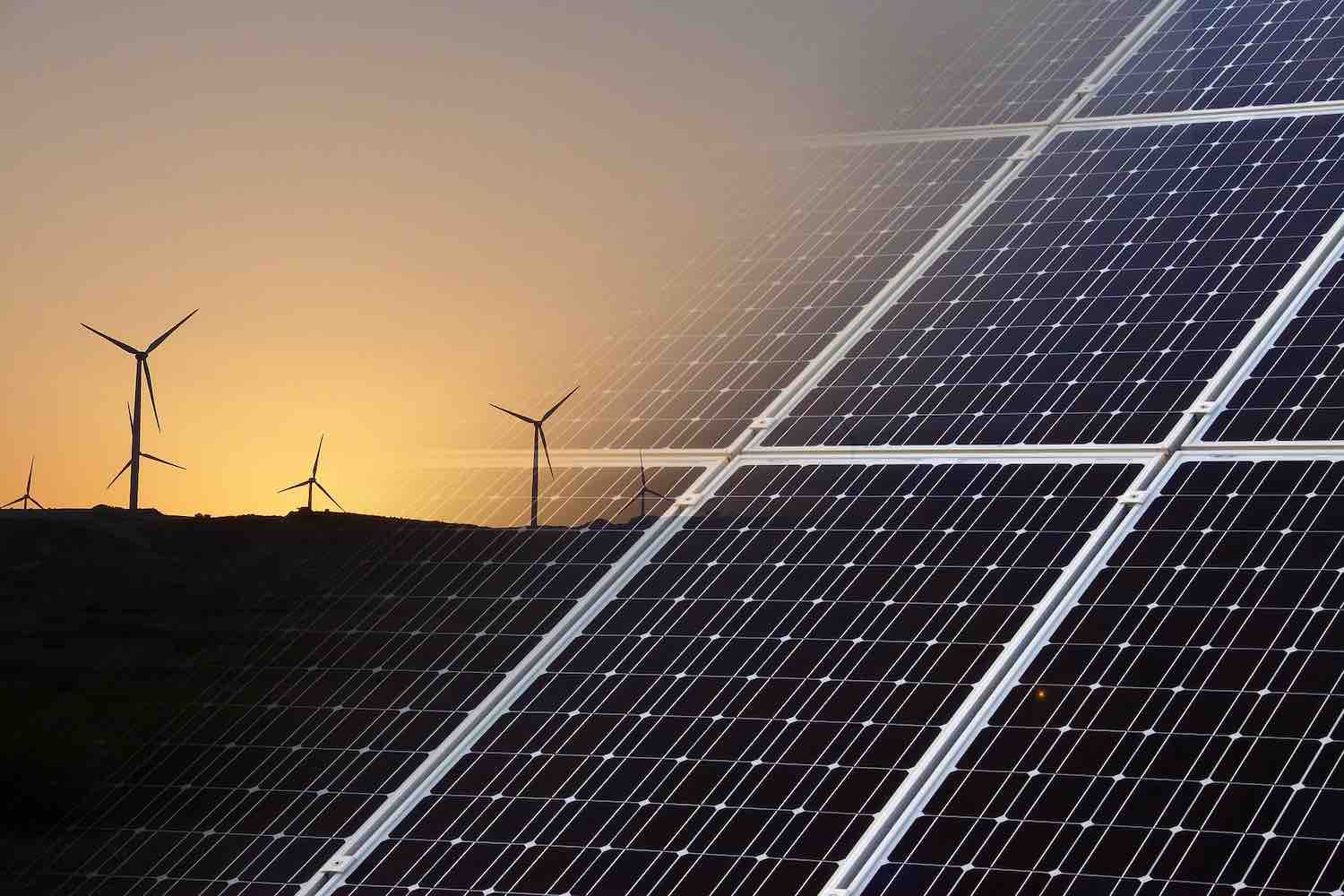ImpactAlpha, August 10 – The first investment from Microsoft’s Climate Innovation Fund last month backed not just climate friendly tech, but an innovation in corporate strategic investing. Until recently, Energy Impact Partners has flown under the radar with its collaborative approach to investing in and implementing energy transition technologies.
Yet, with $1.5 billion in assets under management, EIP is one of the largest clean-tech focused investment firms.
With its $50 million stake in New York-based EIP, Microsoft joins rental car giant Enterprise, electrical power utilities Xcel Energy, Southern Co. and National Grid, which are among 30 corporations investing in New York-based EIP. For these strategic partners, EIP acts as a clearinghouse for innovative technology, business models and deals as well as best practices for decarbonizing operations.
“We need to invest in accelerating innovation, sharing learnings among partners, and collaborating” to address the urgent threat of climate change, said Brandon Middaugh, who runs Microsoft’s climate fund, in announcing the investment.
EIP’s model is emblematic of a broader trend of corporations banding together to share insights as they race to cut emissions, stay competitive and get out in front of the low-carbon energy transition.
Last month, nine companies including Danone, Mercedes-Benz, Microsoft, and Nike launched Transform to Net Zero, a cross-sector research and policy initiative aimed at accelerating the transition to net-zero emissions, while the three-year old Hydrogen Council, focused on advancing green hydrogen, added 11 new corporate members.
Microsoft, which in January committed to going carbon-neutral by 2030 and erasing all the greenhouse gasses it has ever emitted by mid-century, joined both groups.
Another example of corporate collaboration: Circulate Capital has raised more than $100 million from PepsiCo, Procter & Gamble, Dow, Danone, Unilever, Coca-Cola and other corporations to reduce ocean plastics.
“Addressing climate change is uniquely suited for a collaborative model,” EIP’s Hans Kobler told ImpactAlpha. Companies, he said, “all want to reduce their emissions and position themselves better for the future.”
Global corporations start to capitalize on ‘positive externalities’
The firm has identified more than 7,360 companies across sectors of interest such as distributed clean energy, mobility, electrification and smart homes, and has looked closely at about 200 of those. “That is unrealistic for one company to do,” says Kobler.
Convergence
Kobler founded EIP five years ago as regulatory changes, declining costs for renewable energy and storage, and rising concerns about climate change were disrupting the normally staid world of utilities. He had run one of the early corporate VC funds focused on energy while at GE in the 1990s, and saw how the model could benefit a wider group of players. Kobler set out to raise a $150 million fund with three utility partners; he ended up raising $531 million from 15 utilities.
Since then the firm has attracted a broader range of companies, including Microsoft, which is looking to decarbonize its data centers, and Enterprise, which wants to electrify its fleet. Norwegian sovereign wealth fund Nysnø is another investor.
Electrification of vehicle fleets sparks disruption of energy and transportation
Still, utilities remain the core of its investor base. “Massive industries are converging that are worth tens of trillions of dollars,” says Kobler. Electrification is blurring the lines between transportation, real estate, tech and power companies, and “utilities sit right in the middle.”
EIP’s utility partners reach 180 million households in four continents, and generate 184 gigawatts of power each year.
EIP is part think tank, part investment firm. Its members form working groups to take deep dives on topics such as energy storage, natural gas emissions, and cybersecurity. They analyze data and survey the field, bringing in the most interesting companies to pitch in what Kobler calls “a utility shark tank.”
“To have such a diverse group hear and discuss the pitches is an incredible screening mechanism,” he says.
Future business models
EIP focuses on later-stage technologies that its corporate partners can adopt right away to increase their efficiency and reduce their carbon footprint. It typically invests between $10 million and $50 million. In addition to equity, it also provides debt and project financing when suitable.
To date it has invested in more than 40 companies, including clean energy access company Arcadia Power; smart thermostat maker ecobee; and Greenlots, which makes software to manage EV charging networks.
As the power industry decentralizes, decarbonizes and digitalizes, “we need access to these tech companies because they are the enablers of the future business models,” says James Heath, of Atlanta-based Southern Company, an EIP founding partner.
As potential customers, EIP’s investors can help portfolio companies technologies gain traction in the market. EIP’s partners have inked 90 contracts with portfolio companies, generating $200 million in revenues for them.
“We have the customer base and capital base to really move the needle by accelerating technologies,” says EIP chief strategy officer Peter Fox-Penner, who also directs Boston University’s Institute for Sustainable Energy and is the author of the recently published Power After Carbon.
One example: Greenlots’ software was picked up by several EIP LPs, which helped to raise its profile. The Los Angeles-based company was acquired last year by Shell. (Other EIP exits include Ring, a smart doorbell maker acquired by Amazon, and FirstFuel, a utility software company).
That also accelerates impact. Urbint, an EIP portfolio company that can detect and predict pipeline leaks could save a gigaton of CO2 equivalent from methane emissions in 2019 alone, says Bethany Gorham, who oversees global fundraising and ESG for EIP.
While the firm has a pragmatic eye on ready-to-deploy solutions, it also keeps an eye on “deep decarbonization” technology, such as “green” hydrogen.
“Most of our partners have made very aggressive goals to be carbon neutral by 2050 or 2030,” says Kobler. Existing technology can help get much of the way there. But technologies like hydrogen, says Kobler, will be critical to “get the last 10% to 20% of the goals.”











